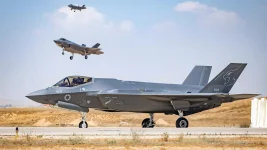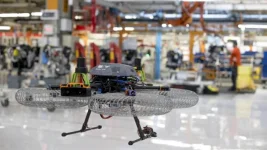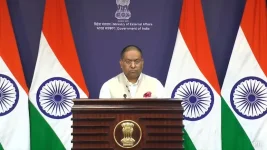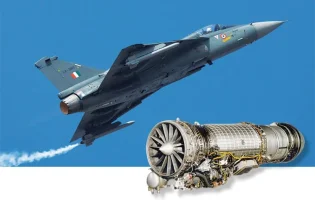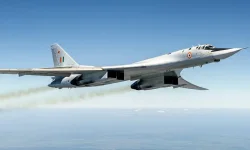- Views: 77
- Replies: 1
India has dramatically accelerated its missile development capabilities, cutting the production timeline for advanced systems from a decade to as little as two to three years.
This significant advancement establishes a new indigenous defence ecosystem that places the nation's development speed on par with established global powers like the United States, Russia, and China, according to Dr. G Satheesh Reddy, President of the Aeronautical Society of India and a former chief of the DRDO.
This "huge leap in technology," as described by Dr. Reddy, is the result of a concerted national effort to boost self-reliance in the defence sector. The accelerated cycle has been made possible by integrating modern digital tools for design and simulation, which significantly reduce the need for extensive physical trials.
Furthermore, a robust synergy between DRDO, academia, and a growing number of private sector firms has been crucial. This collaborative framework, fostered under the government's 'Atmanirbhar Bharat' (Self-Reliant India) initiative, has created a dynamic environment for rapid innovation and manufacturing.
The shortened development timeline is evident across India's diverse missile portfolio, which is managed by the DRDO. This includes strategic assets like the Agni series of ballistic missiles and tactical systems such as the BrahMos supersonic cruise missile.
Recent projects, including the Man-Portable Anti-Tank Guided Missile (MPATGM), which successfully completed warhead penetration tests in 2024, highlight this new agility. The progress is underpinned by advanced modular designs and a streamlined testing process, enabling faster validation and deployment.
"Countries like the US, Russia, and China have decades of experience, but India’s ability to develop missiles in 2-3 years now places us in a competitive position," Dr. Reddy stated.
This progress enhances India's strategic deterrence, exemplified by the Agni-V intercontinental ballistic missile (ICBM) with a range exceeding 5,000 kilometres, and the K-4 submarine-launched ballistic missile, which strengthens the country's second-strike capability.
The success of this accelerated model relies heavily on the increased participation of private industry.
Companies such as Bharat Dynamics Limited (BDL), Larsen & Toubro, and Tata Advanced Systems are now integral to the defence manufacturing landscape, bringing in efficiency and scale.
This partnership is supported by government policy reforms and increased financial commitment, with DRDO's budget seeing a significant rise to facilitate research and development.
Despite these achievements, experts acknowledge that challenges remain.
To keep pace with global leaders, India must continue to advance in key areas such as hypersonic weapon systems, enhanced precision guidance, and the development of effective counter-drone technologies.
While nations like China and Russia have already fielded hypersonic missiles, India's own Hypersonic Technology Demonstrator Vehicle (HSTDV) program is still in the advanced stages of testing.
However, the successful integration of locally developed seekers, radars, and propulsion systems into new-generation missiles demonstrates India's expanding technological strength and its commitment to securing its skies.

